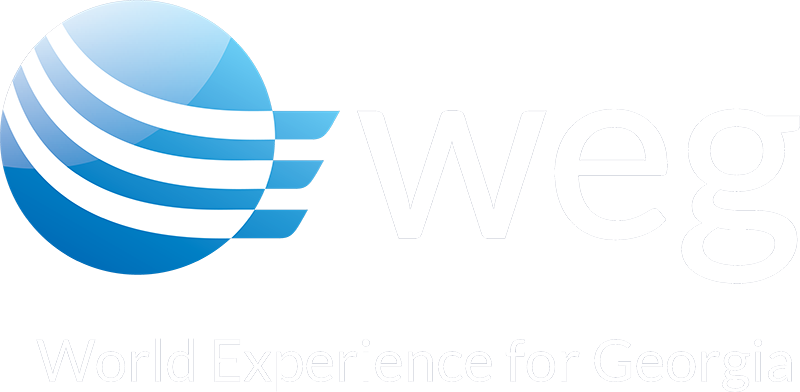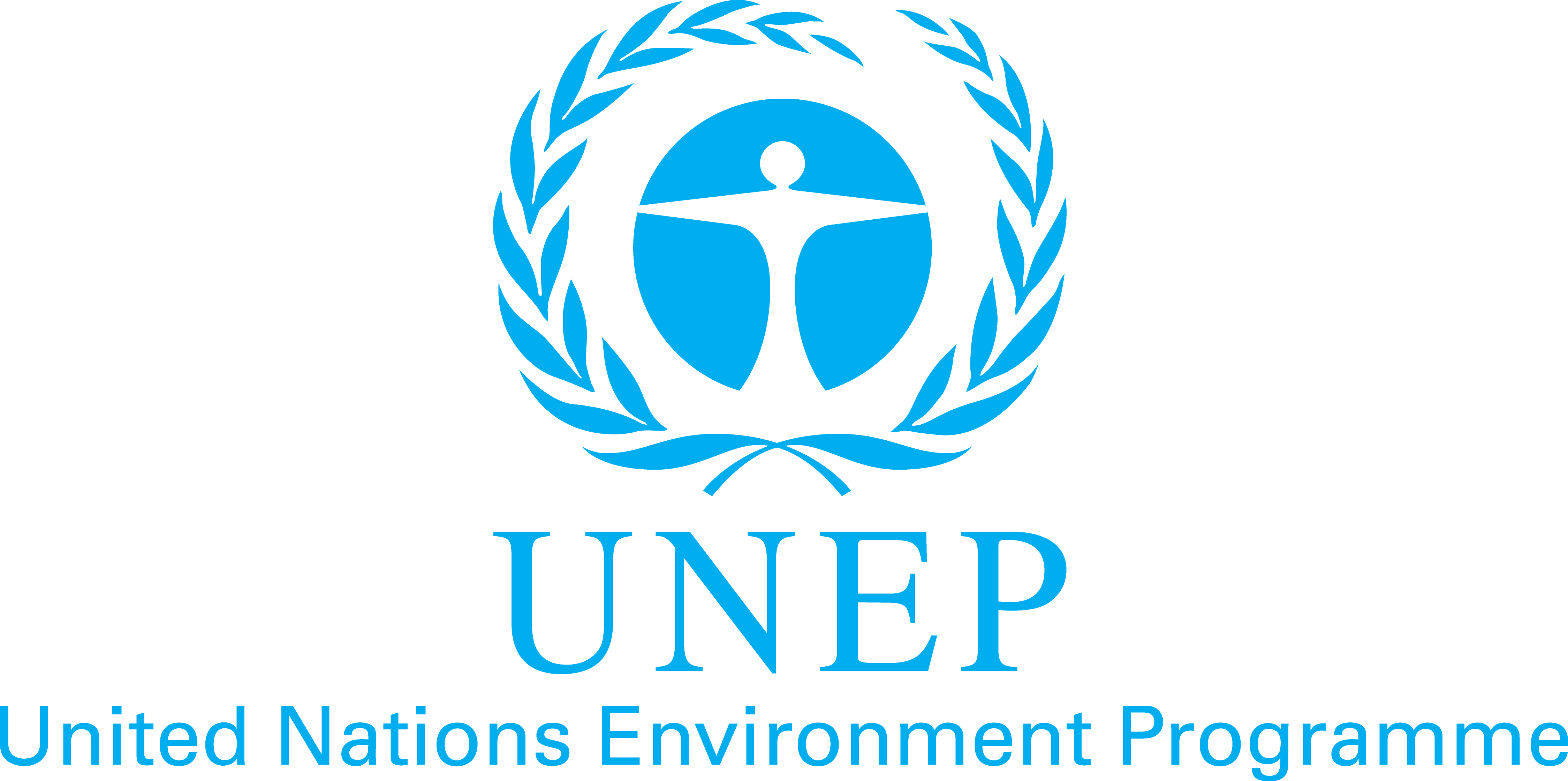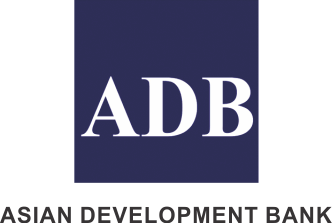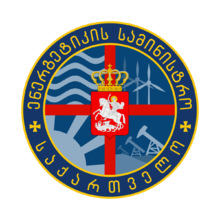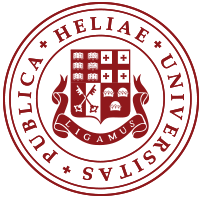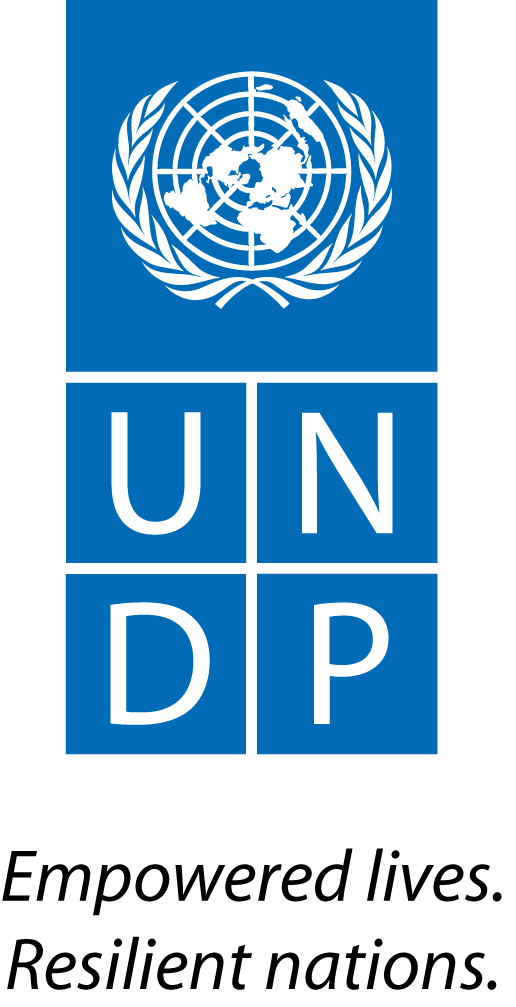PRESENTATION OF PRELIMINARY SSP PROJECT RESULTS TO MINISTRY OF ENERGY AUTHORITIES
On February 4th WEG planning team presented preliminary results of long-term strategic planning project to Ministry of Energy authorities. The meeting was headed by the first deputy minister of energy Marika Valishvili and attended by the officials from Ministry, ESCO and GSE. An overview was given of MARKAL model structure, operation and the logic of its use for long term planning and policy decision making. The team presented the current state and future plans of the model development and discussed the policy issues based on several scenarios including energy swap, renewable energy development and energy efficiency scenarios.
Presentation was followed by active discussion of the possibilities for using the model in actual policy making process as well as its utility in analyzing the potential for closer energy relations with the countries of South East Europe. The next steps in model development include representation of transport sector, extending the capacity to represent regional electricity exchange opportunities and more detailed representation of carbon emissions from different sectors. It was decided to refine further the model input parameters in order to analyze several development scenarios that are of prime interest to the Ministry of Energy.
